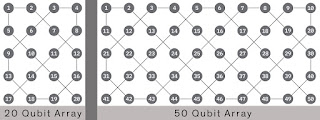Whilst I like the Poppy robot, the cost of £4,500 just for the actuators blows it out of the realms of affordability - (hey, I have a custom car that eats all my money!), now, if I didn't have the car I would probably have bought this kit already .... yeah, that'll set you back about £8,500. Whilst that is about a 1/3rd of the cost of a commercial robot, I'm not looking to invest that much just yet... My aim was to not spend time on the "small" £500 robots that you can get from the likes of EZ Robot which are pretty cool in their own right, I like the fact this robot is modular and allows you to change and extend it as you want. But, I want to make something that is about child size, 4foot or so. That's why I was liking the Poppy. Legs can be a problem (like the Poppy) and whilst I'm not too fussed about spending a lot of time getting leg/weight/balance co-ordination right, I would rather have a bottom half that is more Pepper like . (Next t





